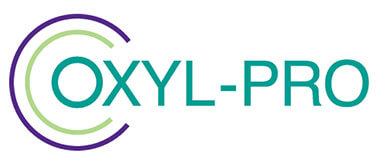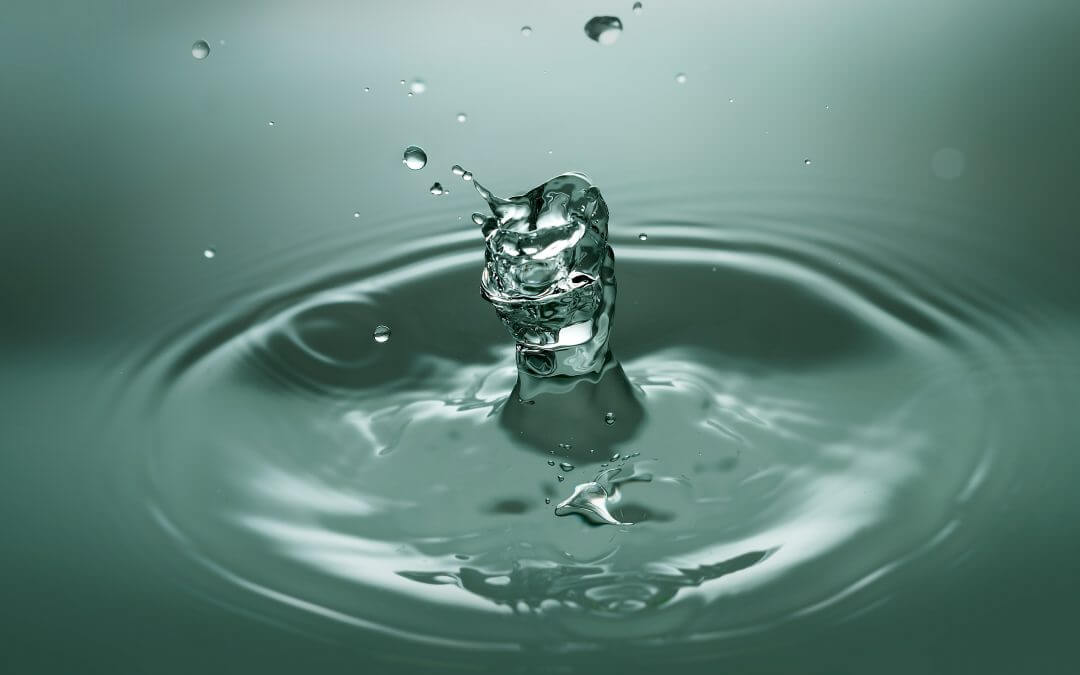You can use a broad variety of chemicals for different water treatments.
For example, some are for disinfecting water supplies, or for killing algae. Others are for breaking down foams or to prevent corrosion.
Here, we look at the various chemicals that are commonly used for water treatment.
The broad categories of these chemicals include:
- Oxygen scavengers
- Flocculants
- Neutralising agents
- pH conditioners
- Scale inhibitors
- Corrosion inhibitors
- Coagulants
- Antifoams
- Algaecides
- Disinfectants and biocides
- Oxidants
Oxygen scavengers
The process of oxygen scavenging prevents oxygen from producing oxidation reactions. A typical application is adding oxygen scavenger chemicals to boiler water to prevent the corrosion of metal surfaces.
Oxygen scavengers can be organic or inorganic. Inorganic oxygen scavengers add dissolved solids to the water, and tend to be temperature dependent.
An example of an inorganic oxygen scavenger is sulphite.
Organic oxygen scavengers include volatile products such as carbohydrazine and hydroquinone.
Flocculants
Flocculants help flocs formulate in water. Flocs are cloudy suspensions of cells, formed from bacterial cells and fungal species. These organisms can help to reduce organic matter and reduce biological oxygen demand in water.
They are used as part of sewage treatment.
Flocculants are polymers that are water-soluble.
Neutralising agents
Neutralising agents in water treatment neutralise acids and basics. Their dosage will depend on the pH of the water.
Some neutralising agents increase pH levels, and some will cause them to decline.
Neutralising agents include solutions of sodium hydroxide and calcium carbonate, and diluted sulphuric acid and hydrochloric acid.
pH Conditioners
pH conditioners help adjust pH water levels. This can help to reduce corrosion in pipes and prevent any lead dissolving into water supplies.
You can reduce or increase pH levels using basics or acids.
Examples include hydrogen chloride, which is a basic liquid for reducing pH levels; and natrium hydroxide, which is an acid liquid for increasing pH levels in water.
Scale inhibitors
In hard water areas, limescale will form on surfaces in contact with water, due to increased levels of calcium and magnesium minerals.
Scale inhibitors are negatively-charged polymers that are surface-active. They attach to minerals in water, disrupting their structures for crystallisation. This helps prevent scale from forming.
Corrosion inhibitors
Corrosion can be extremely damaging to boilers, heat exchange systems and other metallic devices and components where contact with water is normal.
Corrosion inhibitors react with metallic surfaces, providing a level of protection, usually by forming a film on it.
There are various forms of corrosion inhibitors, including passive, cathodic, organic, precipitation-inducing, and volatile corrosion inhibitors.
Coagulants
Coagulants can remove suspended solids in water. They are made up of positively-charged molecules, and may be organic, inorganic or a combination of both.
Chemicals commonly used as coagulants in drinking water treatment include:
- Aluminium sulphate
- Polyaluminium chloride
- Ferric sulphate.
Antifoams
When certain types of gas are dispersed into water this causes foam, which are masses of bubbles.
Foam can cause serious problems with industrial processes, and in the quality of finished products. If left uncontrolled, foam may reduce the operational capacity of equipment, lengthening processes and increasing production costs.
Antifoams blend oils with small amounts of silica. These then break down foams.
Antifoams come in two forms: powder and emulsion. Powder antifoams are based on modified polydimethylsiloxane and are odourless, non-volatile and will not corrode. Emulsion antifoams share the same properties as powders and come from aqueous emulsions of polydimethylsiloxane fluids.
Algaecides
Algaecides will kill algae when you add them to water. They can be highly effective in killing all algae present in water, but they cannot remove any toxins that the algae have already released.
Examples of algaecides include benzalkonium chloride, copper sulphate, iron salts and rosin amine salts.
Disinfectants and biocides
Disinfectants and biocides are used in various industries, for preparing drinking water, treating process water, preparing ultra-pure water and for disinfecting surfaces.
They kill micro-organisms in water and include:
- Chlorine
- Chlorine dioxide
- Ozone
- Hypochlorite
- Hydrogen peroxide
Oxidants
In chemical oxidation processes, treating water with oxidants reduces levels of COD and BOD (chemical and biochemical oxygen demand) and removes organic and inorganic components.
Oxidants can act as disinfecting agents in water treatment, removing contaminants. They include:
- Hydrogen peroxide
- Ozone
- Ozone and peroxide combination
- Oxygen.
Next generation water treatment Chemicals
There are polluting risks from using chemicals in water treatment, and the development of purification techniques has meant a growth in the number of chemicals applied for these purposes.
Silver hydrogen peroxide has been widely used as a chemical disinfectant in water treatment.
Now, there is a new, revolutionary process for stabilising hydrogen peroxide without silver or other heavy metals.
The result is Oxyl-Pro, a versatile, stabilised peroxide with multiple applications, including water treatment. Oxyl-Pro is an algaecide, biocide and oxidant.
Applying Oxyl-Pro Clean to pipework helps ensure clean water supplies, removing biofilm as a source of bacteria and harmful micro-organisms.
These harmful bacteria include legionella and pseudomonas.
For more information about the Oxyl-Pro product range, please complete our contact form, call us on +441606851782, or send an email to enquiries@oxylpro.com

